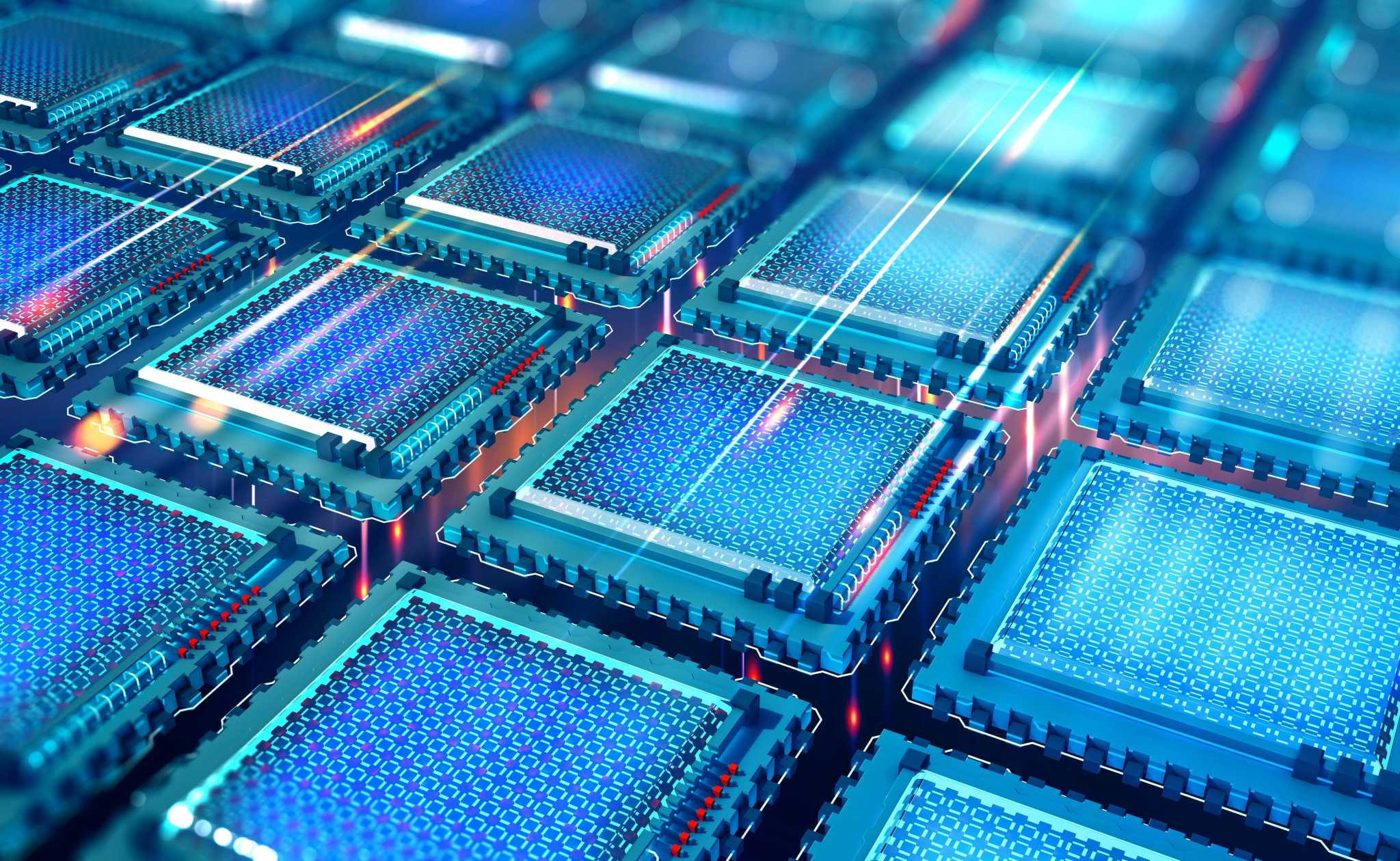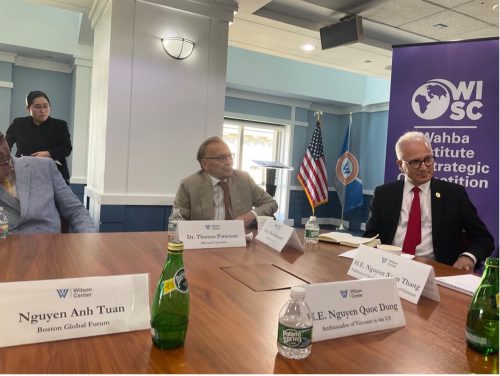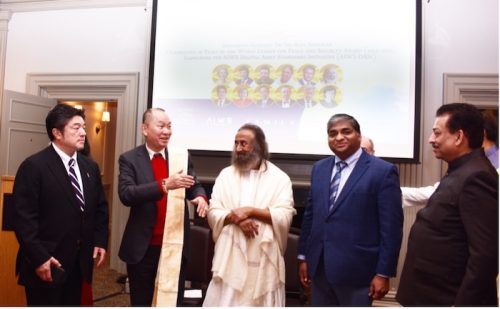The original article was published on CIO.
Microsoft has added generative artificial intelligence and other enhanced features to its quantum-computing platform as part of a larger strategy to deliver the game-changing technology to a broader range of users — in this case, the scientific community.
The company on Wednesday unveiled the release of Generative Chemistry and Accelerated DFT, which together expand how scientists in the chemicals and materials science industry can use its Azure Quantum Elements platform to help drastically shorten the time it takes them to do research, the company said in a blog post.
“Just as generative AI has unleashed new waves of creativity and improved productivity with collaborative tools like Copilot, we are now bringing AI and natural language processing capabilities to science,” according to the post, attributed to Jason Zander, EVP, Strategic Missions and Technologies.
Microsoft’s goal with Generative Chemistry in particular“is to integrate AI reasoning into every stage of the scientific method,” which “requires the power of next-generation AI models to speed up the scientific process from hypothesis to results,” he wrote.
Bolstering HPC capabilities
Microsoft launched Azure Quantum Elements late last year as a platform that combines AI and high-performance computing (HPC) to help speed up the scientific methodology. In January, it demonstrated with the US Department of Energy’s Pacific Northwest National Laboratory (PNNL) how the platform narrowed down a data set of 32.6 million potential materials to replace lithium in batteries to just 18 in less than four days.
Generative Chemistry now expands the platform by allowing researchers to generate and explore novel molecules that are suited for industry-specific applications using AI models trained on hundreds of millions of compounds.
Researchers can ask Generative Chemistry for molecules with desired characteristics, as well as provide information about their targeted application and let the system help determine relevant molecular properties, according to Microsoft. The feature not only will provide them with candidates matching their parameters, but also suggest molecules that have not been seen before with useful properties tuned for a specific application, and whose synthesis is feasible in a reasonable number of steps.
Density Functional Theory (DFT) is a method used across a variety of molecular simulations that helps researchers to simulate and study the electronic structure of atoms, molecules and nanoparticles, as well as surfaces and interfaces. Such DFT simulations can be complex and compute-intensive to optimize and run, often requiring the use of supercomputers.
Microsoft has now added Accelerated DFT as a managed service to Azure Quantum Elements to run these simulations at what the company said is “an unprecedented speed;” that is, an order of magnitude faster compared to PySCF, a widely used open-source DFT code, according to the post.
Expansion of generative AI strategy
Adding generative AI to Azure Quantum Elements is a natural evolution for Microsoft’s overall AI strategy, which aims to integrate the technology into its entire product set across a broad range of users, notes Pareekh Jain, CEO of Pareekh Consulting.
While Microsoft’s Copilot was aimed at enterprise IT, “now these solutions are for the R&D community,” he observed, adding that there likely will be more user group-focused AI solutions from the company and its competitors in the future.
At the same time, Microsoft aims to keep pace with long-time competitors like Google and IBM in both quantum computing and generative AI, and its integration of the two in Azure Quantum Elements allows the company to do this.
Taken together, the new features are a boon for the scientific community and “will help in democratizing research and accelerate development of new solutions,” Jain added. “Today’s many pressing problems require new engineering R&D solutions, which Microsoft tools can accelerate,” he said.











